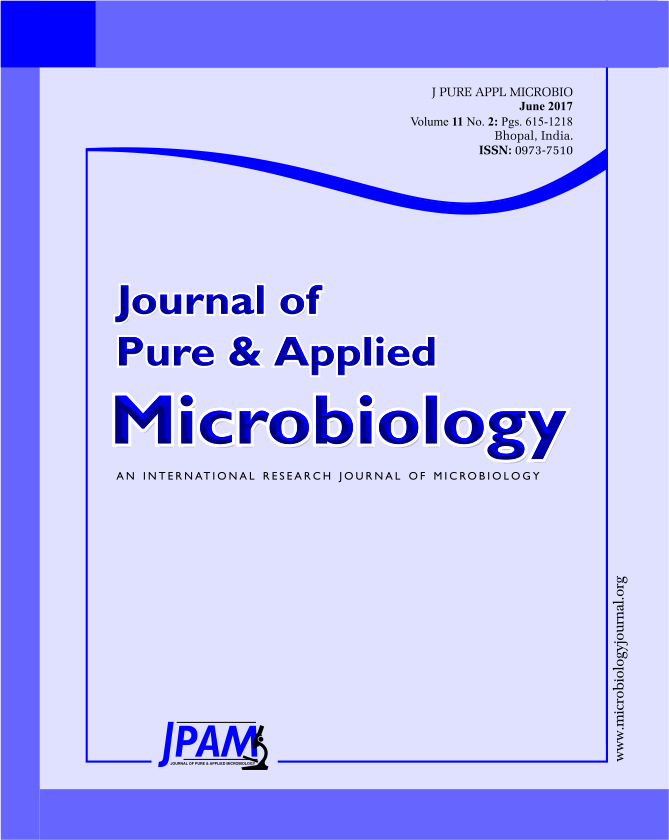White root rot disease caused by Rigidoporus microporus was a detrimental disease of rubber plant. In controlling the disease, synthetic chemicals were applied. This control may cause environmental pollution and health problem. In this study, an alternative to control WWRD using biological control agent of local Trichoderma spp. isolates was examined. Trichoderma spp. were isolated from soil of healthy rubber, sugarcane and tobacco plantation, and of Sibolangit Forest Park. R. microporus was isolated from infected rubber tree. Sixteen Trichoderma spp. were isolated and subjected to antagonisms assay againt R. microporus. Trichoderma spp. isolates showed to have different ability in inhibiting R. microporus growth. Four isolates i.e. KA03 of rubber, TB03 of sugarcane, TM01 of tobacco plantations, and HU01 of Sibolangit Forest Parks showed relatively higher percentage of inhibition to R. microporus by 67.2, 66.3, 70.2, and 71%, respectively. Examination of inhibition of white root rot disease in rubber stump in polyethylene plastic bag showed that the four isolates were able to reduce disease intensity and severity of R. microporus after 60 days of control, but no improvement of stump performance was observed.
Biological control, Rigidoporus microporus, Trichoderma.
© The Author(s) 2017. Open Access. This article is distributed under the terms of the Creative Commons Attribution 4.0 International License which permits unrestricted use, sharing, distribution, and reproduction in any medium, provided you give appropriate credit to the original author(s) and the source, provide a link to the Creative Commons license, and indicate if changes were made.


